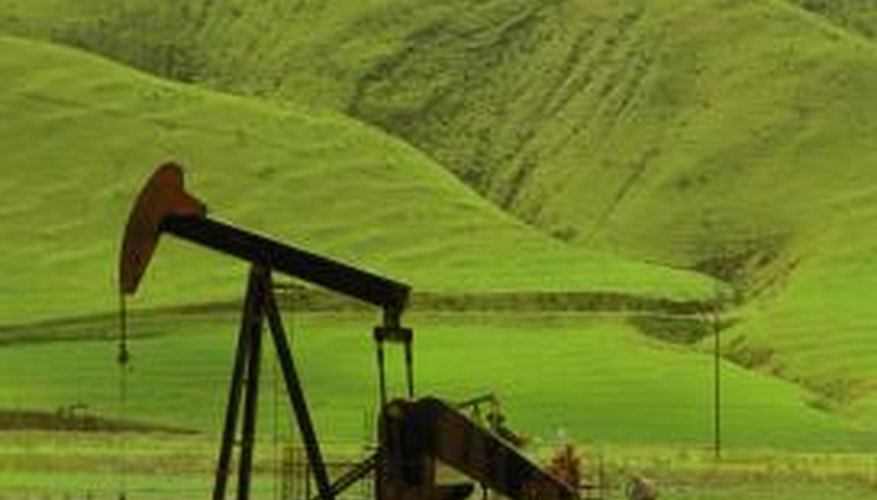Overburden pressure is the vertical pressure applied on a layer of rock from the rock and soil above it. Overburden pressure is sometimes called overburden stress, as well. If the materials making up a specific area, as well as the porosity and depths at which those materials are found is known, a few calculations can establish an approximation of local overburden pressure. To know more exactly, however, the area in question should undergo density logging.
Take a density log reading of the area you are measuring. This service can be contracted by professionals who possess the necessary equipment. The area to be measured will need to be dug out to create a well bore through to the lowest layer of rock to be measured (the overburden pressure established will be the overburden pressure being acted upon that particular rock layer). The engineers taking the density log measurement will emit gamma rays into the bore in order to establish the density (expressed as kilograms per cube meter) of the sample.
- Overburden pressure is the vertical pressure applied on a layer of rock from the rock and soil above it.
- The engineers taking the density log measurement will emit gamma rays into the bore in order to establish the density (expressed as kilograms per cube meter) of the sample.
Multiply the density log reading value by the total depth (in meters) of the measured area.
Multiply the sum of Step 1 by .01 to obtain the overburden pressure.
TIP
If you can find data of the average rock density in your area, refer to this to cross check your own calculations.
WARNING
Calculate every data point in either metric or English units, but not a combination. If any measurements exist in English units, convert them to metric.
